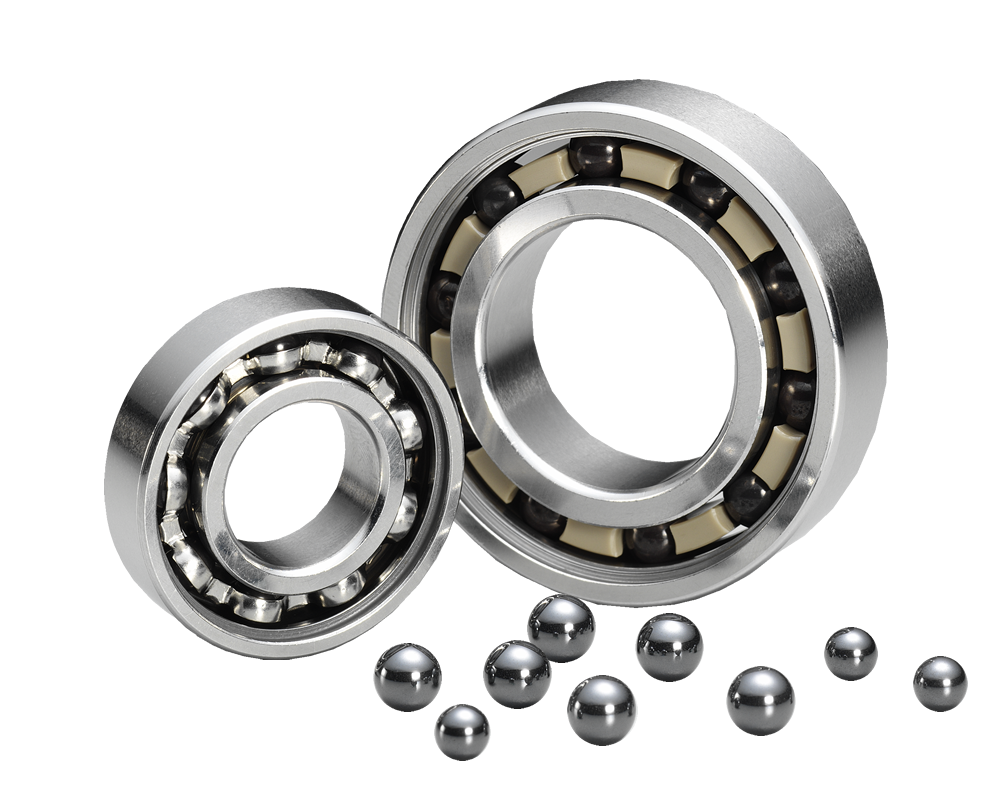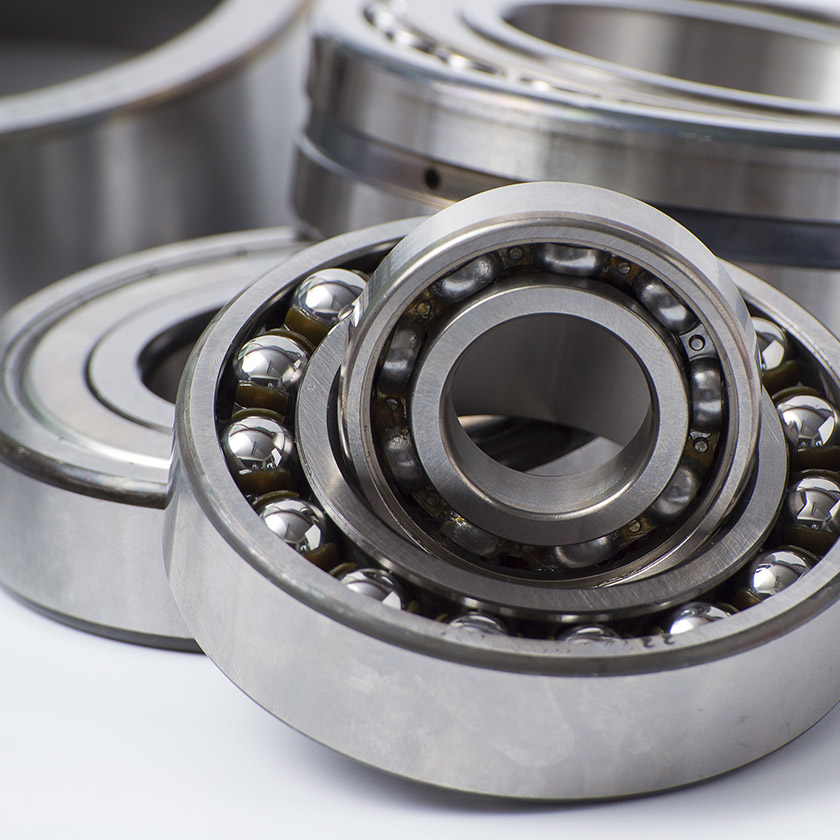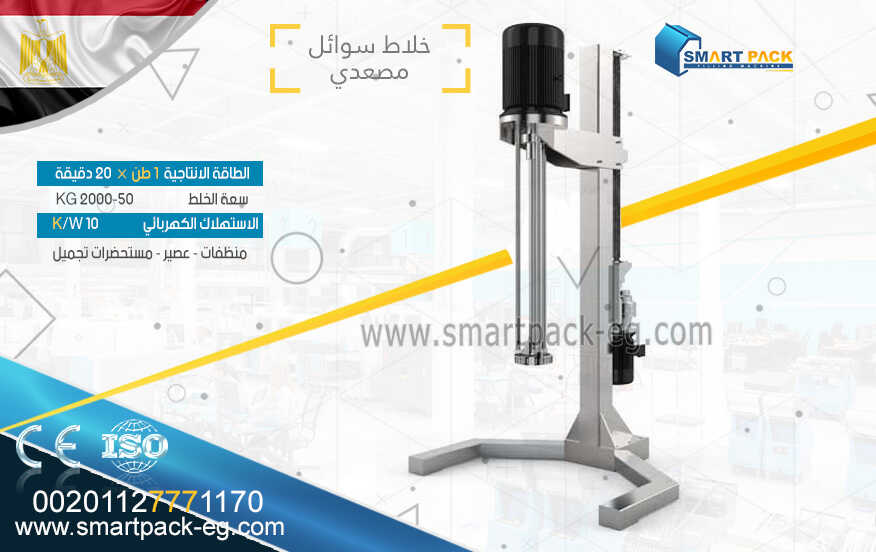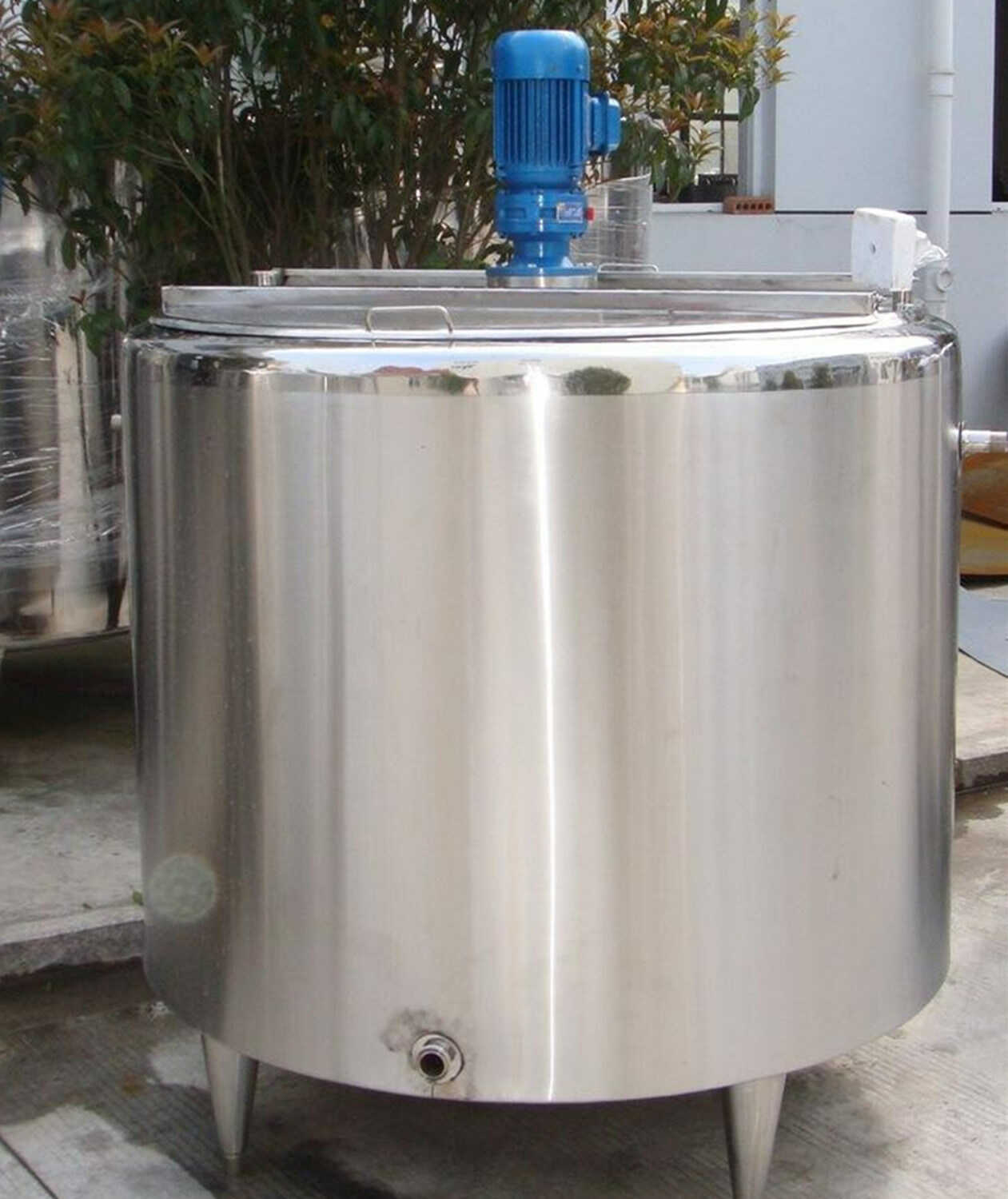How to Use the Rollman Bearing Catalog
Welcome to this guide on how to effectively utilize the Rollman Bearing Catalog. In this comprehensive guide, you will learn how to make the most of the catalog's features, understand the various specifications provided, and locate the bearings suitable for your specific needs. Let's get started!
1. Introduction to the Rollman Bearing Catalog
The Rollman Bearing Catalog is an essential tool for engineers, technicians, and anyone involved in the selection and maintenance of bearings. It provides detailed information on a wide range of bearings, allowing users to identify the right bearing for their application.
2. Navigating the Catalog
When you first open the Rollman Bearing Catalog, you will notice that it is conveniently divided into sections and sub-sections. The catalog is organized according to bearing type, making it easy to find the desired bearing quickly.
3. Understanding the Specifications
Each bearing in the catalog comes with a set of specifications, which provide crucial information about its size, load capacity, speed rating, and other technical details. It is important to understand these specifications to ensure you select the correct bearing for your specific application.
-
Bearing Type: The catalog clearly identifies the type of bearing, such as ball bearings, roller bearings, or plain bearings. This information determines the design and functionality of the bearing.
-
Size and Dimensions: The catalog provides precise measurements for the bearing's inner diameter, outer diameter, and width or height dimensions. These measurements are crucial for fitting the bearing into your application.
-
Load Capacity: The catalog will indicate the maximum load that the bearing can handle. This specification is vital to ensure the bearing can withstand the forces applied to it during operation.
-
Speed Rating: The catalog provides the maximum rotational speed at which the bearing can operate without compromising its performance or longevity. This specification is of utmost importance, especially in high-speed applications.
4. Cross-Referencing and Ordering
In some cases, you may already have an existing bearing from a different manufacturer, and you want to find a compatible Rollman bearing. The Rollman Bearing Catalog conveniently provides cross-reference tables, enabling you to match bearings from other manufacturers with Rollman's equivalents.
Once you have identified the appropriate bearing from the catalog, the next step is to place an order. Contact the Rollman customer support team or visit their website to initiate the ordering process. They will assist you in finalizing your purchase and provide any additional information you may require.
Conclusion
With this guide, you now have a solid understanding of how to effectively navigate and utilize the Rollman Bearing Catalog. Remember to pay close attention to the specifications provided, as they will help you choose the right bearing for your application. Additionally, the cross-reference tables are a valuable resource when seeking to replace bearings from other manufacturers. Utilize these features to ensure the smooth operation and longevity of your equipment. Happy bearing selection



 Admin
Admin 


